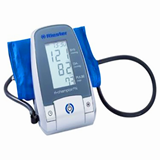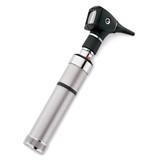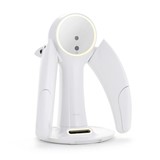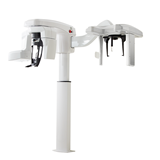ABI’s musculoskeletal modelling research group has received seed funding to create the software from the National Center for Simulation in Rehabilitation Research (NCSRR) based at Stanford University. The Centre is funded by the US National Institutes of Health and it’s a rarity for it to fund researchers outside of the US.
Dr Thor Besier, a Principal Investigator who is leading the project, says the new software will give researchers, and eventually clinicians, a tool to rapidly generate detailed and accurate anatomical models of an individual’s musculoskeletal system - their bones, muscles, cartilage, tendons, and ligaments.
"One of the biggest challenges that we face is that it takes an enormous amount of time and effort to create subject-specific models from medical imaging data.
The current modelling software available is unable to take into account the subtle differences, for instance in joint and muscle size. These are critical factors in estimating the forces and function of a person’s musculoskeletal system," he says.
Researchers can perform 3D simulations of musculoskeletal systems using OpenSim, an open-source modeling software that is used in hundreds of biomechanics laboratories around the world.
OpenSim was developed at Stanford University and is used in studies of musculoskeletal injury and disease, sports performance, in the design of medical devices, in simulations of surgical procedures and in animal and human animation.
The proposed software, Dr Besier and his team is working on, will boost OpenSim’s capabilities and allow researchers to generate accurate models of a person’s musculoskeletal system.
"The new modelling framework will bring us one step closer to predicting medical outcomes and remove the subjectivity that currently exists in the treatment of musculoskeletal injury and disease," Dr Besier says.
The long-term implications of this work could mean that "virtual" treatment plans could be tailored to the individual based upon an accurate physics-based simulation, rather than a subjective clinical assessment.
"A patient with knee osteoarthritis, for example, who might otherwise have undergone expensive joint replacement surgery could be found to be an excellent candidate for gait (walking) retraining or a knee stabilising brace," says Dr Besier.













